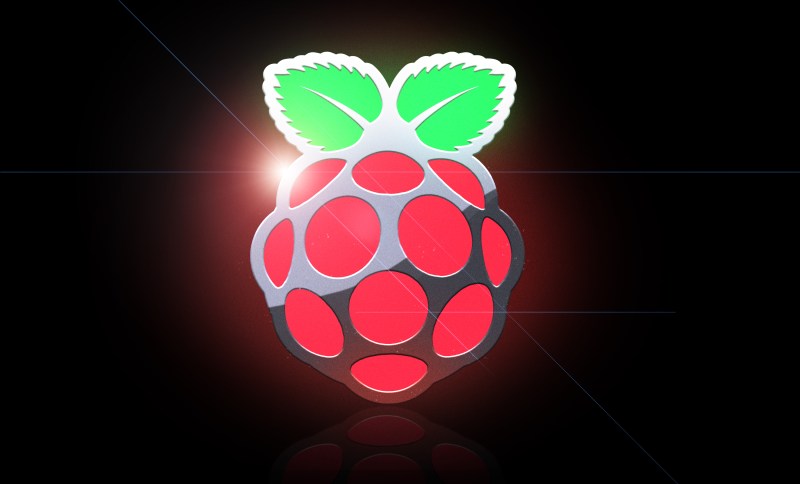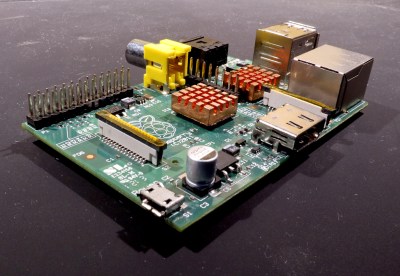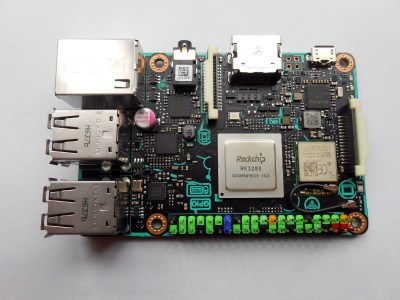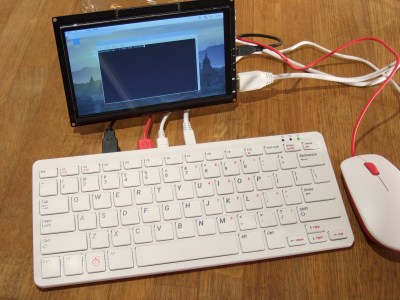It’s Official! The Raspberry Pi Is Now 10!

In any given field there are epoch-defining moments, those events after which nothing was quite the same as it had been before. It’s been a decade since the launch of the first Raspberry Pi single board computer. This was by no means the first inexpensive computer board, nor was it the first to support the GNU/Linux operating system, but it was among the first to promise a combination of those two. Coupled with support from a crop of British 8-bit alumni meant that from when it first gained publicity in early 2011 it garnered a huge buildup of interest.
We were first teased with a USB stick style prototype, which morphed into a much larger Raspberry Pi alpha board and finally into pre-production boards much closer to the model launched at the end of February ten years ago.
How To Disappoint Every Single British Geek At 6 AM

Pedants will claim that the 10th birthday of the Pi is technically not yet upon us because those first Model B boards went on sale on the 29th of February 2012, a leap day. The two distributors, RS and Farnell, were both putting them on sale with the expectation of selling around 10,000 units — a prediction that proved woefully inadequate, with both websites collapsing under the weight of would-be Pi-purchasers within seconds of opening up at 6 AM.
I was ready to order at 6 AM, and was only able to order mine halfway through the day. That short wait would be just the beginning — because they received so many more orders than anticipated, the bulk of the orders weren’t fulfilled until May. Nobody had imagined how wildly successful the Pi boards would become.

I still have my first Model B from 2012, it’s an early 256 MB Chinese-made model without a CE mark and with a pair of stick-on copper heatsinks that I added. Later that year, production would be moved to the Sony plant in South Wales, and a few revisions including a pair of mounting holes would be made to the original form factor with the 26-pin expansion connector and RCA video socket.
I remember unpacking it, and the novelty of being able to bring up an LXDE desktop on my TV and surf the Web with the Midori browser that featured in those first OS distributions. After a spate of experimenting with the capabilities of its GPIOs, I put it to work on my big project of the day: continuous gathering and processing of language data.
It replaced an old laptop for this task, and even though it wasn’t quite as fast, the benefits of having a headless Debian box using only 2 W continuously were immediately apparent. It was soon joined in this task by a Welsh-made Model B, and together these two would spend the next several years on my windowsill building a searchable English-language news corpus. In this paragraph we’re touching on the root of what made the Pi special, because while I was crunching language data so many others were doing all sorts of interesting projects; this thing was and is an infinitely versatile platform with a tiny price and power budget.
Ten Thousand Boards Becomes A Global Phenomenon

The rest of the Pi story will be familiar to many readers. After a major overhaul of the form factor in 2014 for the B+ there have been a succession of ever more powerful flagship products in the Pi range, alongside the Compute modules, the diminutive Zero range, the RP2040 microcontroller and Pico board, and the accessories such as the cameras or the touch screen.
Alongside all this, a thriving ecosystem of third-party add-on boards and accessories evolved, and of course a host of copycats. They made a UNIX workstation into a few-dollar component (taking a minor liberty with the description of UNIX), and we’ve made hay with it. There’s the Raspberry Pi potted history in a few paragraphs, but there’s more to their last decade to think about. Perhaps it’s worth standing back and assessing where the Pi people have got it right, and where they maybe could have done a little better.
What Did They Get Right?

Despite the astounding success of the Raspberry Pi range, the boards themselves have never been the most capable hardware on paper. The original used a SoC from a set-top box that was more like a powerful graphics chip with an incidental application processor. Broadcom’s reluctance to expose their family silver meant we never really got the most from the graphics chip, and thus even with updated SoCs in more recent Pi revisions it’s always been an easy win for competitors to stuff a board with a fast tablet or phone SoC and claim it as a Pi-beater.
The seed of the Raspberry Pi’s success lies not in the hardware itself, but in the effort they put into supporting their software distribution and the community surrounding it. When you buy the competition you in many cases get a flaky distribution with a kernel version hacked to work with the chip manufacturer’s binary blob for the SoC, and that version is never updated. The Pi people by contrast have put the effort into keeping their software distribution updated with new kernel versions, and the fact that an up-to-date 32-bit Raspberry Pi OS still runs on my 2012 Model B is what has kept them at the top of the tree.
And How Did They Mess Up?
My main gripe with the Raspberries is that they can be opaque when it comes to the needs of their hardware developer community. We clearly want something more than their sketchy partial schematics, and a clear communication channel for the smaller peripheral manufacturers would cost them relatively little in the way of resources and would make the lives of the small-time hardware developers so much easier.
I remember in 2015, when I was running my kit operation, seeing another small producer of add-ons quit the Pi business and go back to the Arduino world when the new Pi Zero’s form factor had evidently already been shared with only a select few of the larger producers, leaving those suppliers with launch products for the Zero while the rest of the field had bet the farm on the Model B form factor. If I had Eben Upton’s ear on this subject, I’d suggest that a formal hardware developer’s program for their second decade could be of immense benefit to both Raspberry Pi and their community.
Where Next When You’ve Got It All?

Having taken stock of their first decade, where next for the main Raspberry Pi product lines? The flagship single-board computers are the archetypal Raspberry Pi and there seems no sign of their popularity abating, but in a sense they are the victim of their own success.
Most every new board since 2014 has been essentially an upgraded version of the same product. While the latest Pi 4 is a quick and capable board, it suffers from becoming a genericised piece of hardware. The move to a 64-bit OS should slowly draw a line between the newer and older boards, but since the 32-bit products are slated to feature on the Pi Zero well into the middle years of the decade, this may take a while to happen.
Perhaps it’s the wild-cards in the pack that show the most potential. The Pi 400 all-in-one computer is a genuinely different product to which the competition have no answer. It’s a usable desktop machine, and future versions with faster SoCs and more memory can only make it more so. The Compute Module 4 feels like the more exciting Raspberry Pi, and given that it offers the opportunity for a designer to spin their own individual take on a Pi, it’s not difficult to see why. We have a pretty good idea what the Model B form factor will look like in the future, but we can not forsee where individual designers will go with the corresponding Compute Modules. We’re looking at you to create the landmark Raspberry Pi-based products of the next decade.
The last ten years for the Raspberry Pi have successfully delivered a succession of super-cheap Linux boards, spawned an ecosystem, and maintained one of the best supported software communities in its class. Their missteps have been relatively few and their successes many, but can they keep it up? If they don’t lose sight of their customers and keep that software support up-to-date, we think so. Check back in ten years for another decade of Raspberry Pi news!
from Blog – Hackaday https://ift.tt/jR1U0in
Comments
Post a Comment